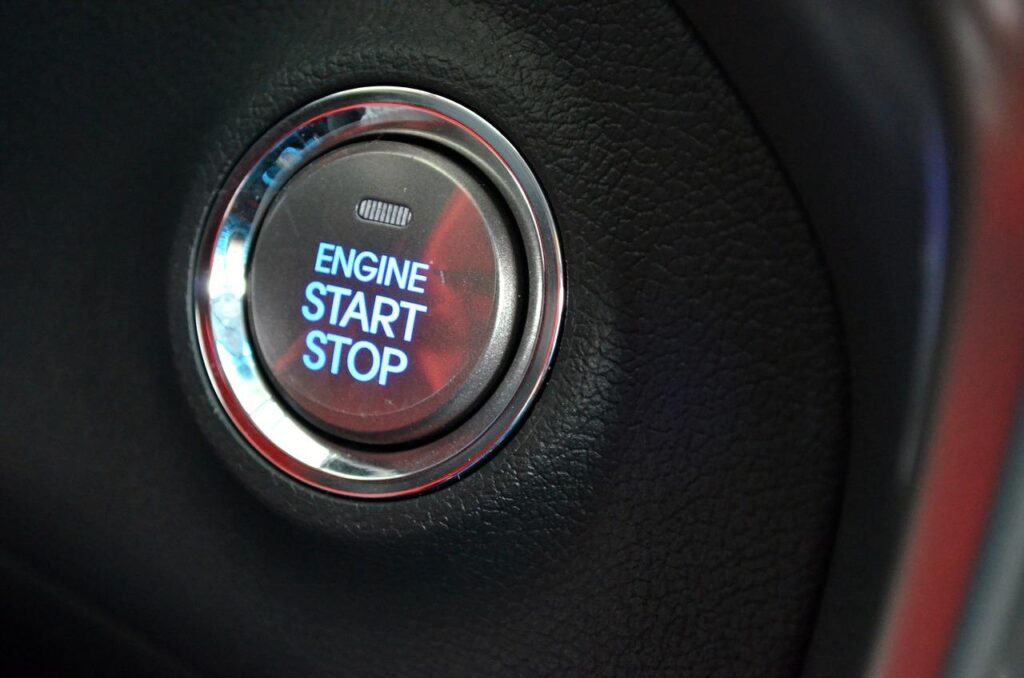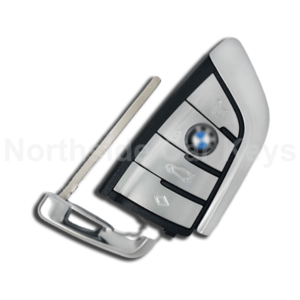Whether you need to replace your stolen or lost car keys, require replacement car keys after breaking your set or you’ve accidentally locked keys in your car in Brisbane, Northside Car Keys can help.
Smart Keys

February 16, 2018
What are smart keys and how are they different from regular car keys? Smart keys are known by several different names, mainly:
- Proximity keys or ‘prox’ keys
- Push-to-start keys
- Keyless entry
- Remote keyless entry
- Keyless access
- Smart fob
- Push button start
- Intelligent keys
These all refer to the same technology that allows the key to open, lock and start your car without leaving your pocket or handbag. The technology for smart keys is not exactly new, with Mercedes-Benz being the first to start using it it in 1998. Many makes of vehicle now offer a proximity key option for various models.
In practical terms, a smart key does not use a metal blade for insertion into the car door and ignition. Radio signals between antenna in the car and transponder (chip) in the key allow the two to recognise each other without contact. The radio signal contains a code specific to your car. This prevents your car from opening and starting in response to other people’s smart keys. Once the car’s antenna detects your key is nearby, the doors or boot will simply open by pulling the handle or pressing a button next to the door handle.
Smart keys will start your car in a similar way. When antenna in the car detect your key, they tell the immobiliser (your car’s security guard) to deactivate and this signals to the Engine Control Unit (ECU) that is safe to start the car. All you need to do is push the button.
How are smart keys different to remote keys?
Smart keys do not require you to push a button on the key to unlock the car. The action of pulling the car door or boot handle open replaces pushing a button on a regular remote key. To lock the car, there may be a button on the door handle, or you can simply walk away from the car.
Similarly, to start the car, smart keys do not need to be inserted and turned in the ignition. Most smart keys simply need to be present in the car to be detected by the car antenna. Again, the radio waves are recognised and you can start your car by pushing a button or turning a switch. Some cars have a slot or nook in which to place the smart key. This ensures the key is present in the car and is an added security feature. It also means that if the smart key battery has run out, the car can still be started.
Smart keys use the similar technology as regular remote keys, but the signals are able to be recognised at greater distances and don’t necessarily need an action from you (such as pushing a remote button or inserting the key) to be activated.
Honda Canada has produced a great short YouTube video explaining their smart key functions, available through this link:
https://www.youtube.com/watch?v=azdJA6oIJ9g
The system they demonstrate is also available in Australia.
What if the smart keys stops working?
In the case of the remote battery dying or other smart key issue, the remote can often be held near a certain part of the dashboard and still start the car. The act of reducing the distance between the antenna and transponder allows the transponder to use the energy emitted by the antenna to bounce the code back to the car. No battery power needed!
Another backup is the emergency key, which is a regular metal key often hidden within the smart key remote. This key can be inserted into the car doors, boot and ignition like a normal key. It is usually made to look like part of the remote, but can be access by squeezing of pushing a tiny access switch on the remote. An example of a BMW smart key and emergency key are pictured below.

Northside Car Keys are capable of programming spare or replacement smart keys for a wide range of vehicles in Brisbane. We can also cut emergency keys to your car. Check out the makes of vehicles we can cover here. You can call us directly on 1300 727 917 or send us an enquiry online for same-day response from our locksmiths, and for info on our service area.

